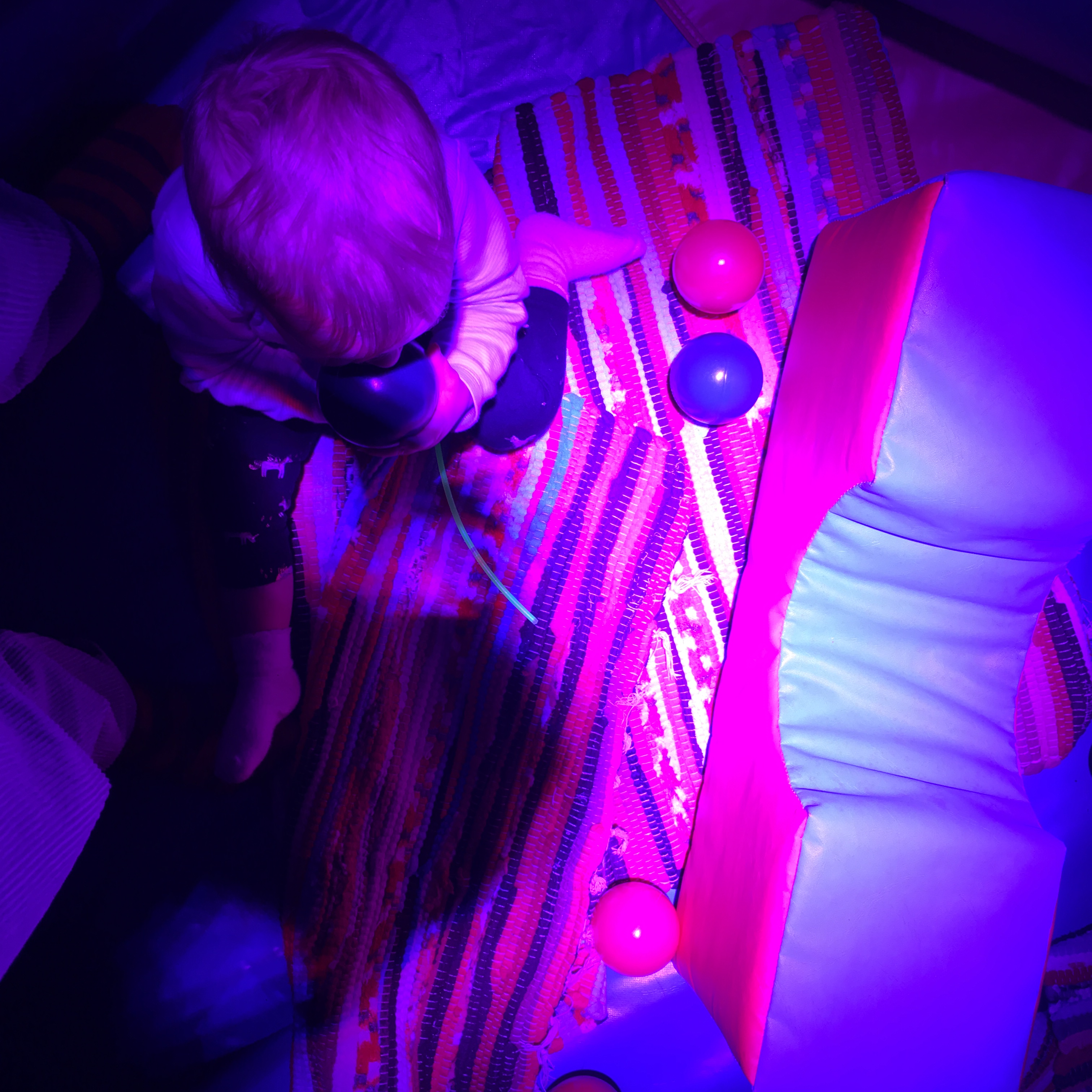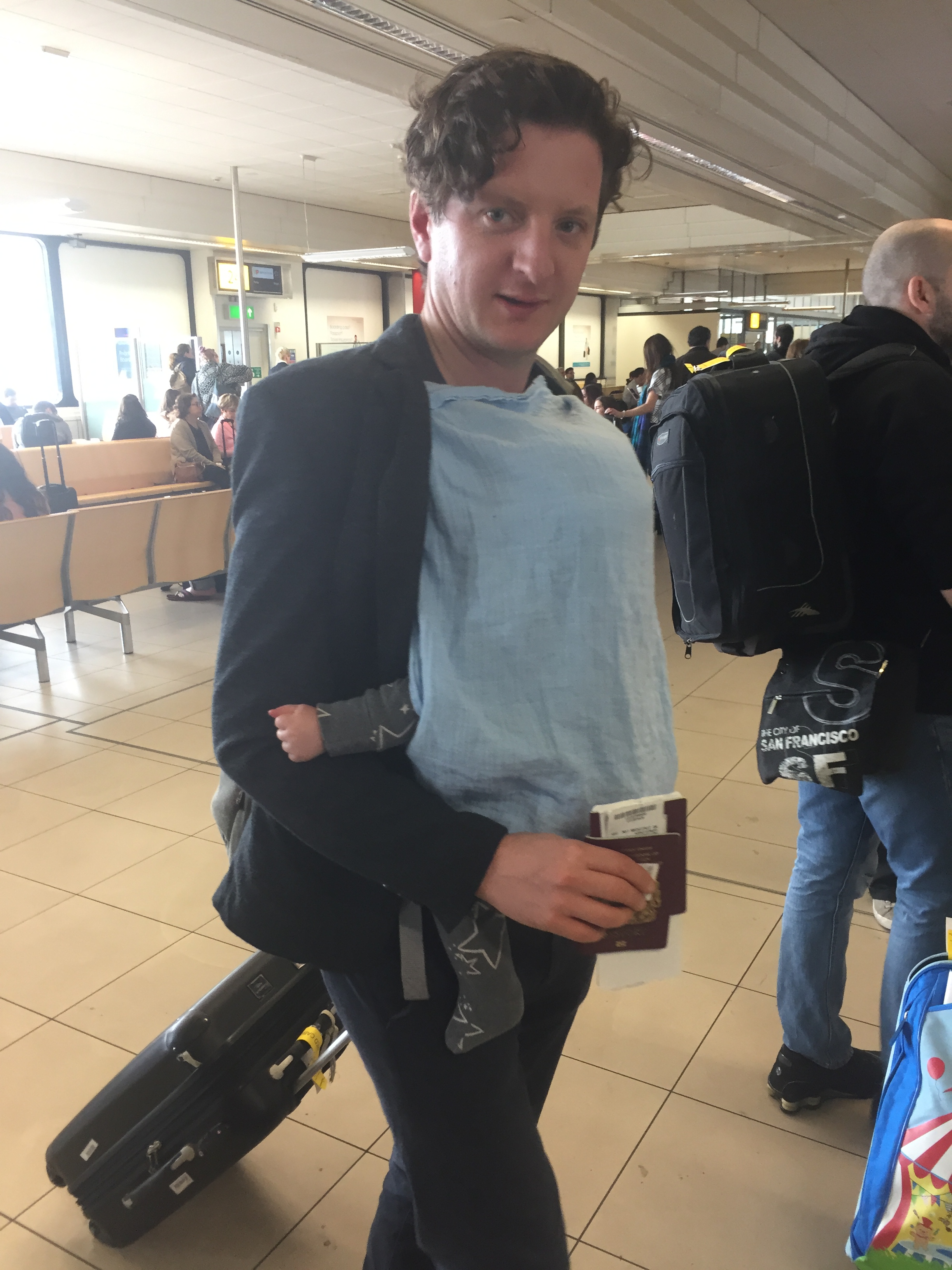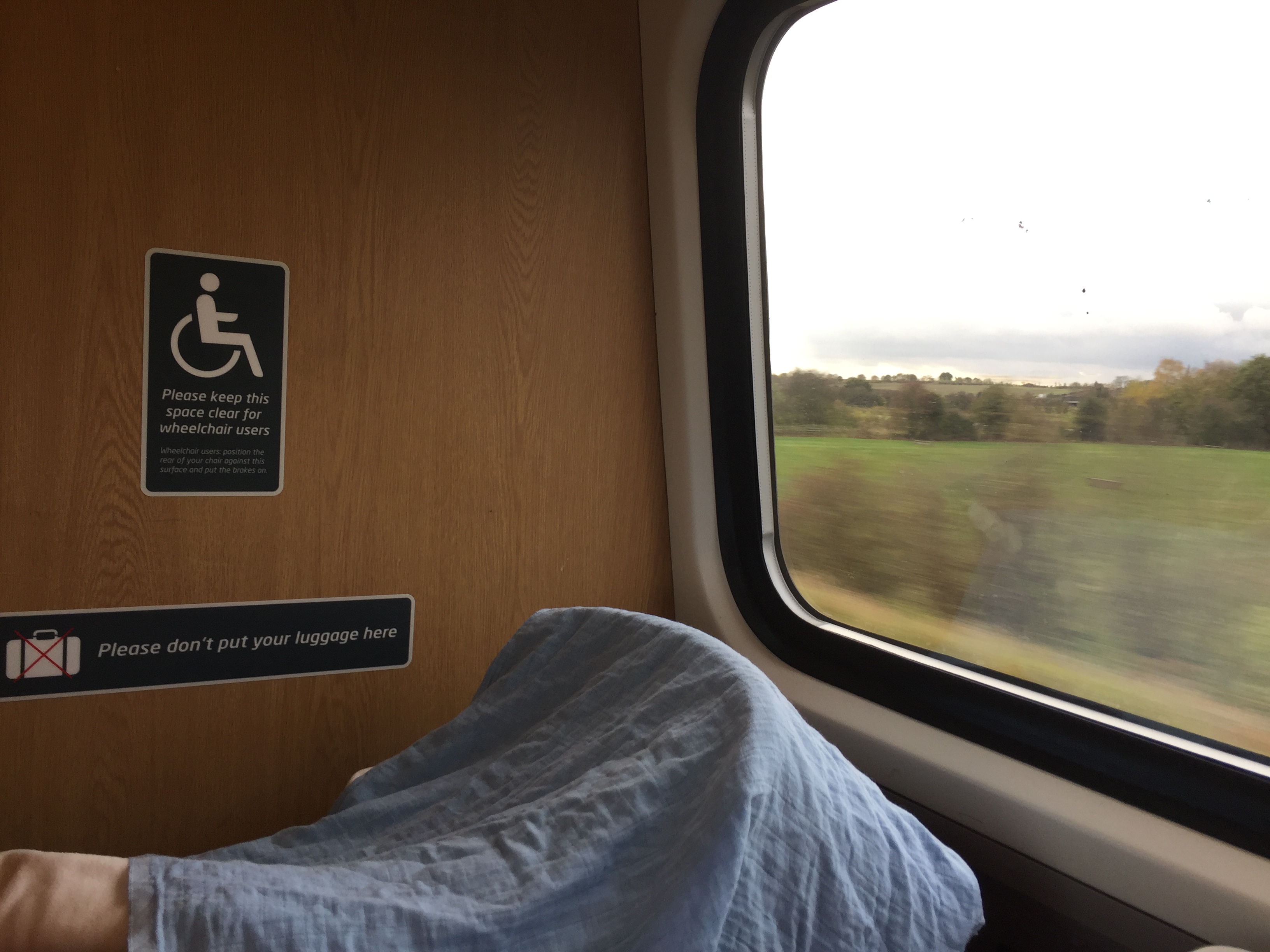The first time I went to the Ministry of Sound – at the tender age of 16 – someone threw up on my shoes in the queue. On this most recent visit, to check out indoor family festival Rave-A-Roo, the worst that happened was a leaky nappy. I think you could call that progress.
Launched in early 2016, Rave-A-Roo is a brilliant concept: an opportunity for children to dance, play and generally run wild in an environment so stimulating that it takes them all weekend to wind down again, while their parents drink overpriced prosecco and indulge in nostalgia for their clubbing days.
The baby girl isn’t really Rave-A-Roo’s target audience, but babies are welcome, and there are enough exciting things to look at (giant disco ball, anyone?) and different places to sit to make this little adventure worth the trouble.
Clouds of bubbles waft over us as I park the pushchair in an undercover area in the venue’s courtyard, a suitably enthusiastic DJ Cuddles (I’m desperate to know if he uses this stage name for adult gigs too) playing pop tunes in front of tables covered with jewellery-making paraphernalia.
Worried about the volume levels, I bring the baby girl’s ear defenders, but they end up staying in my bag. The main room – headlined by none other than everyone’s favourite ovine film star Shaun the Sheep – would be too loud to go without ear protection for longer than a few minutes, but the baby girl isn’t interested in being in there anyway. Crawling is all she wants to do right now, and the main room isn’t the place for it, so despite the temptation of a flock of inflatable ducks, we leave it to the bigger kids.
We spend most of our time in the Funky Soft Play Room, carving out a corner for ourselves in the midst of dozens of wired toddlers. The soft play isn’t quite as soft as it should be – the only cushioning on the floor of the inflatable that holds the soft play equipment is a few rag rugs – and there’s no one in authority keeping the rowdier children from going rogue. The small pile of baby toys in the corner is welcome, but positioned in such a way that it feels like we’re in constant danger of being stepped on.
The other place we hang out is Chill-A-Roo, aka the Ministry’s VIP area, which overlooks the main bar on one side and the biggest club room on the other. No concessions to the family crowd here apart from a barista serving proper coffees, but the baby girl is happy enough sitting on a banquette and hitting her cup against the table while I drink a hot chocolate.
At £12.10 for early bird tickets (going up to an eye-watering £25 on the door) for adults and children over the age of 18 months, Rave-A-Roo isn’t cheap, but the super friendly vibe, plus nice touches like nappy change supplies in the loos, swings it for me. The baby girl will be too little to really appreciate it for a while yet, but if Rave-A-Roo is still running in two or three years’ time, you can find us in da club.








